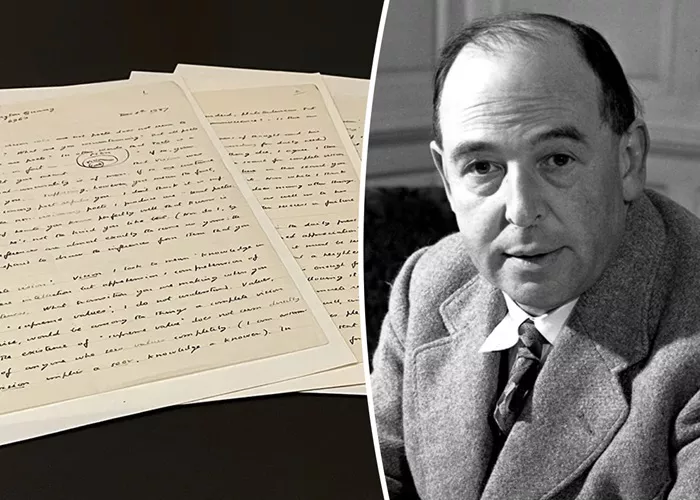In early March, the Museum of the Bible announced the opening of an exhibit dedicated to one of the most influential Christian authors and apologists of the 20th century, Clive Staples Lewis, known to most as C.S. Lewis. While Lewis is beloved for his classic children’s book series, The Chronicles of Narnia, his profound transformation from a staunch atheist to a prominent Christian thinker is often less explored. The exhibit, titled “C.S. Lewis and the Myth That Became Fact”, highlights the pivotal role the narrative of the Bible played in shaping his spiritual journey.
Dr. Bobby Duke, the chief curatorial officer at the Museum of the Bible, shared his enthusiasm for the exhibit: “We are excited for people to see this extraordinary exhibit because it highlights the transformative power of the narrative of the Bible on the life and work of the beloved author of the Narnia series and one of the most famous Christians of the 20th century.”
The exhibit delves into how Lewis initially viewed the story of Christ and His resurrection as just a myth—similar to the ancient myths of dying gods like Balder, Adonis, or Bacchus. However, over time, Lewis came to see it not merely as a myth, but as “the true myth.” This belief—that the Christian story is a myth that, unlike others, actually happened—became central to Lewis’s writing and apologetics.
Among the exhibit’s key features are first editions of Lewis’s works, original artwork by Narnia illustrator Pauline Baynes, and references to Lewis’s friendships with J.R.R. Tolkien and Charles Williams, members of the famous literary group, the Inklings. Tolkien, in particular, played a crucial role in Lewis’s conversion to Christianity. In 1931, Tolkien and their mutual friend Hugo Dyson confronted Lewis on his view of Christ as a mere myth, challenging him to see it differently. Lewis later reflected on the moment, writing:
“Now what Dyson and Tolkien showed me was this: that if I met the idea of sacrifice in a Pagan story I didn’t mind it at all: again, that if I met the idea of a god sacrificing himself to himself… I liked it very much and was mysteriously moved by it: again, that the idea of the dying and reviving god (Balder, Adonis, Bacchus) similarly moved me provided I met it anywhere except in the Gospels… Now the story of Christ is simply a true myth: a myth working on us in the same way as the others, but with this tremendous difference that it really happened.”
The title of the exhibit comes from Lewis’s 1944 essay, Myth Became Fact, where he explores the concept of Christianity as a myth that transcends traditional myths, becoming a concrete historical fact. “The heart of Christianity is a myth which is also a fact,” wrote Lewis. “The old myth of the Dying God, without ceasing to be myth, comes down from the heaven of legend and imagination to the earth of history. It happens—at a particular date, in a particular place, followed by definable historical consequences. We pass from a Balder or an Osiris, dying nobody knows when or where, to a historical Person crucified (it is all in order) under Pontius Pilate. By becoming fact it does not cease to be myth: that is the miracle.”
This exhibit offers a unique opportunity to explore how C.S. Lewis’s spiritual journey was deeply influenced by both myth and history, and how his insights into Christianity continue to resonate with readers and thinkers worldwide.

